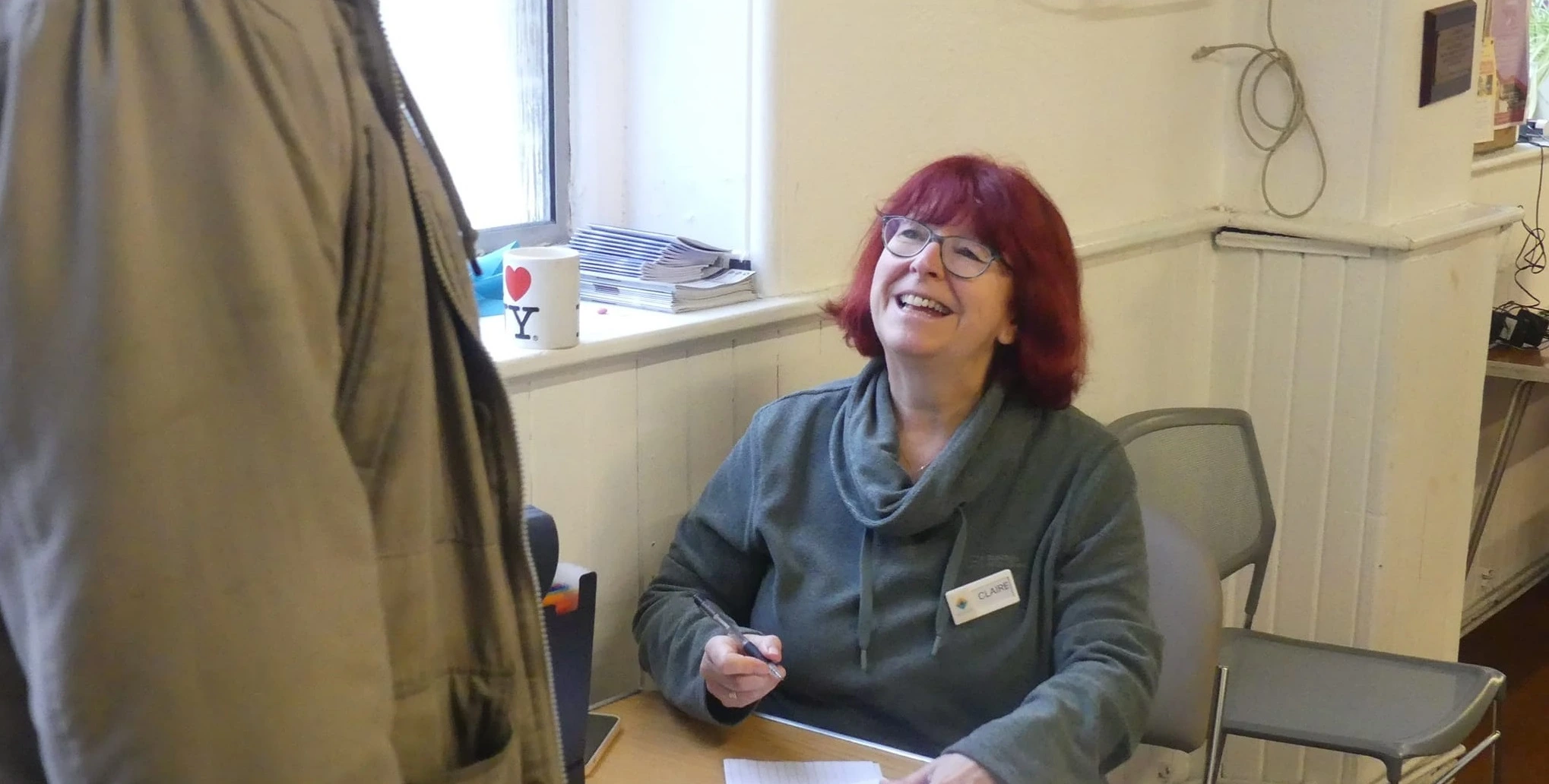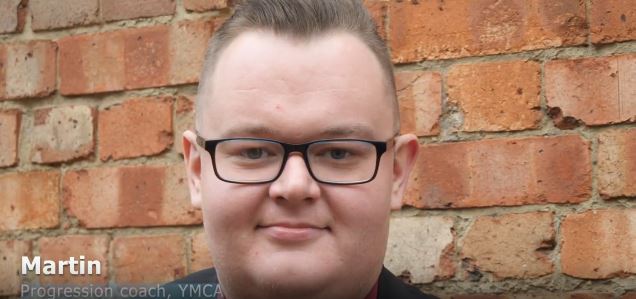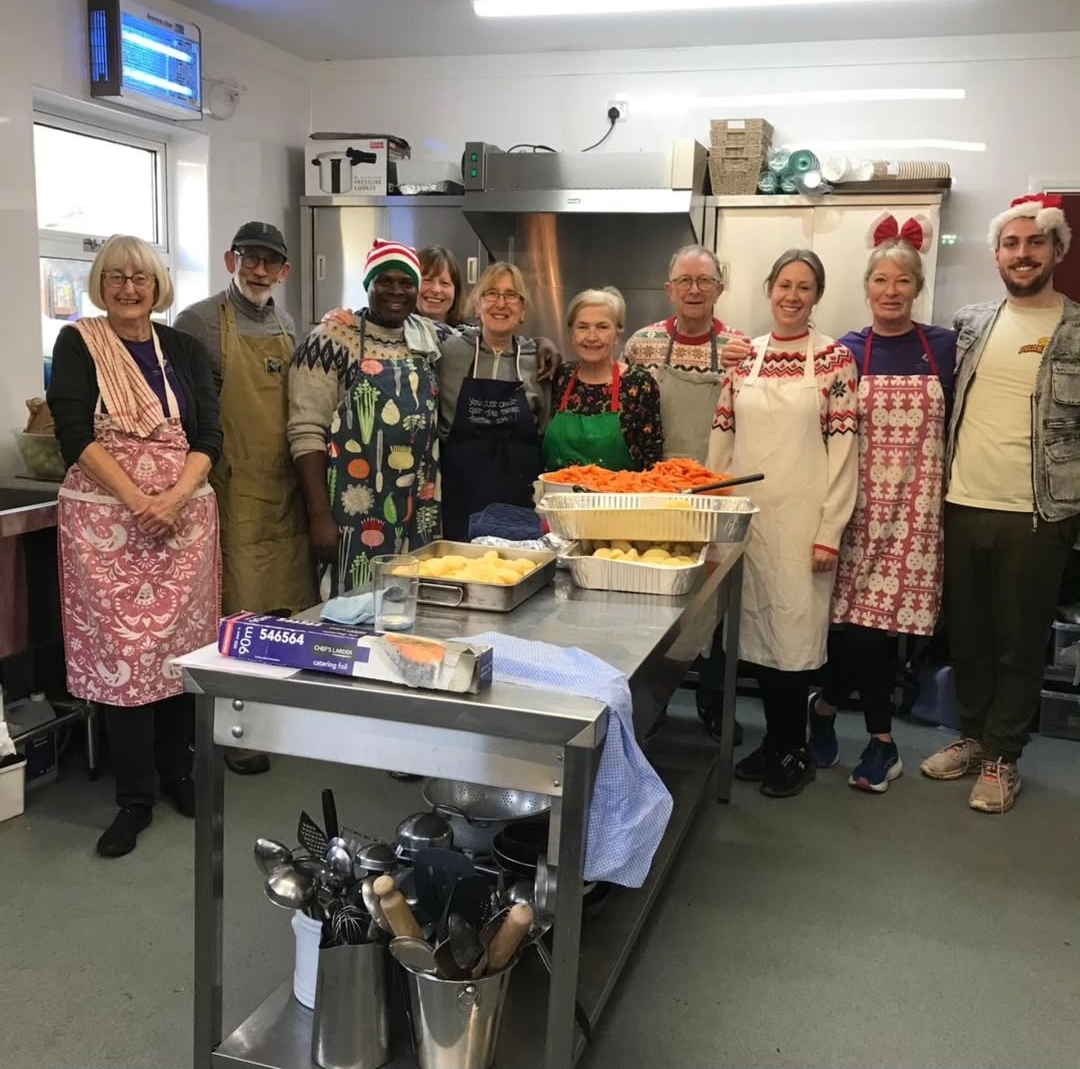
About us

The Project
Faith in Action grew from collaboration between local faith groups across the London borough of Merton.
-
Merton Homeless Drop-in
Open every Wednesday and Friday, our Homeless Drop-in welcomes around 50-60 homeless and vulnerably-housed local people. We offer hot drinks, breakfast, a two-course hot lunch, internet access, advice and support from our own professional staff team, supported by a dedicated team of around 50 volunteers and access to third-party local agencies and services. Rough sleepers can also access showers and laundry, donated clothes and food parcels.
-
Merton Winter Night Shelter
We are also home to the Merton Winter Night Shelter. The shelter provides emergency accommodation for 12-14 people experiencing homelessness, between December and mid-March. Teams of faith group volunteers, around 360 in total, provide a vital service for people across a dozen hosting venues in the borough.
For the latest Faith in Action news, follow us on Instagram and Facebook.
Keep up to date with Faith in Action
Sign up with your name and email address to receive news and updates.
Our year in numbers
The Homeless Drop-in
74
Individuals supported
0
Hot meals served
0
Showers
0
Loads of laundry
0
GP/medical referrals
0
Individuals found accomodation
0
People helped with housing advice
0
People supported to drug/alchohol services
0
People given employment/training advice and support
The Winter Night Shelter
Bed spaces
Venues
0
Faith groups co-ordinated
Our Partners
We partner with a wide range of local and national organisations, charities and agencies, all aimed at helping the people we serve to access services supporting their individual needs. Click here for more detail.
How to get help
Our Drop-in is open every Wednesday and Friday from 10.00am to 2.30pm. We welcome local people experiencing homelessness, at risk of becoming homeless and the vulnerably-housed.
You can also make an appointment to see one of our team members - please contact us on 07843 280419 or by email at team@mertonfaithinaction.org
Our address is Salvation Army Hall, 109 Kingston Road, London SW19 1LT. We are a short walk from South Wimbledon tube station and Merton Park tram stop. Local bus routes: 152, 131 and 57. Click here for a map
Meals
We provide breakfast, hot drinks and a home cooked, two course lunch for all
Showers and laundry
For rough sleepers, we have on-site shower and laundry facilities
Essentials
We provide donated clothes and food parcels for rough sleepers
Online access
Use our laptops to catch up with friends and family, send emails or browse the internet.
Help always at hand
Our professional staff can assist with, and advise on, online job and housing applications, Universal Credit claims, help in the search for work, assistance with writing CVs, and interview practice. We can also help with access to local statutory and voluntary services including GP and Community Drug & Alcohol teams, Street Link, Merton Council housing services and the Merton Winter Night Shelter.
Merton Winter Night Shelter
Open from December to mid-March, our Shelter offers 12-14 guests a safe and warm shared space to sleep each night, a cooked evening meal and breakfast, plus opportunities for conversation or socialising. Guests can also access ongoing advice and support from the professional Night Shelter and Merton Drop-in teams..
For further information and resources click here.
Click here to find out how we helped Martin, in his own words, to get back on his feet via both our Drop-in and the Merton Winter Night Shelter.

Ways to help
There are several ways to help. We value them all!


Grant giving
Grants are an increasingly important funding source for us, as we combat rising levels of homelessness.
Learn MoreOur Funders and Supporters
Click here for more detail.
Stories from our service users
Meet the Senior Team
Necessitatibus eius consequatur ex aliquid fuga eum quidem sint consectetur velit

Grace
Manager - Homeless Drop-in

Bernie
Chair

Nikki
Assistant Manager

Ashling
Night Shelter Co-ordinator
Contact
Ways to get in touch
Drop-in address
Salvation Army Hall, 109 Kingston Road, SW19 1LT
Call Us
07843 280419
Email Us
team@mertonfaithinaction.org

